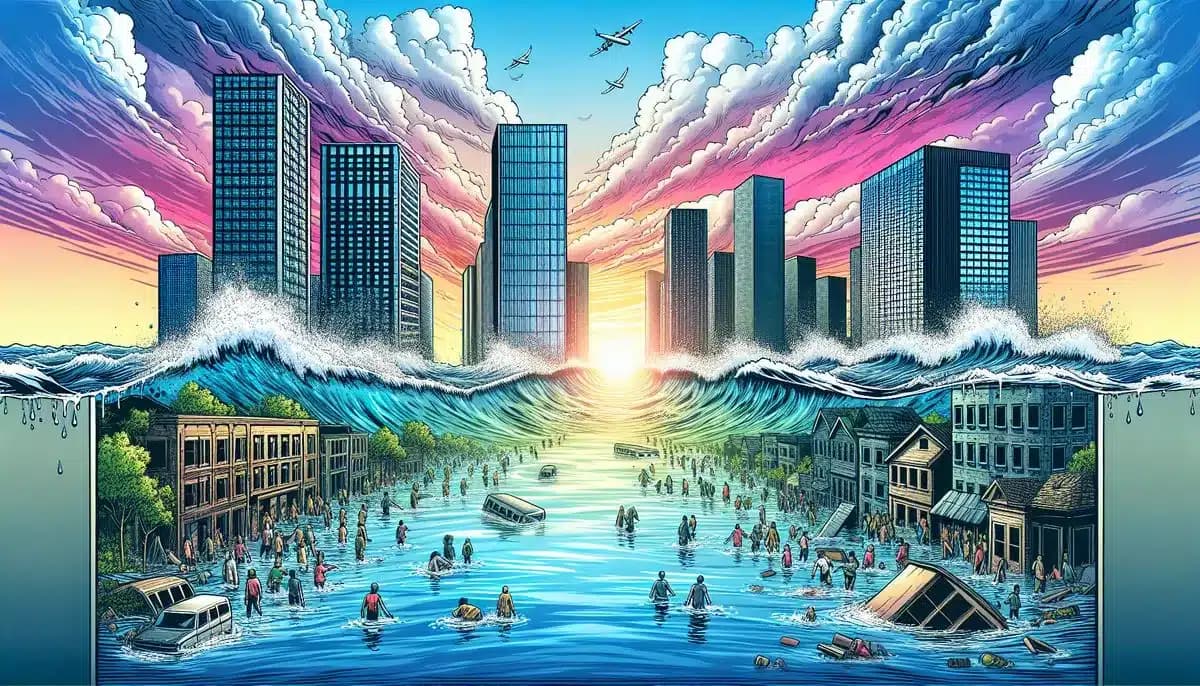
Water World: Rising Seas and the Sinking of Coastal Cities
As the planet warms, sea levels are rising, and coastal cities around the world are facing the daunting reality of increased flooding and land subsidence. This phenomenon poses a significant threat to urban infrastructure, economies, and ecosystems, particularly in densely populated regions. The article ‘Water World: Rising Seas and the Sinking of Coastal Cities' delves […]